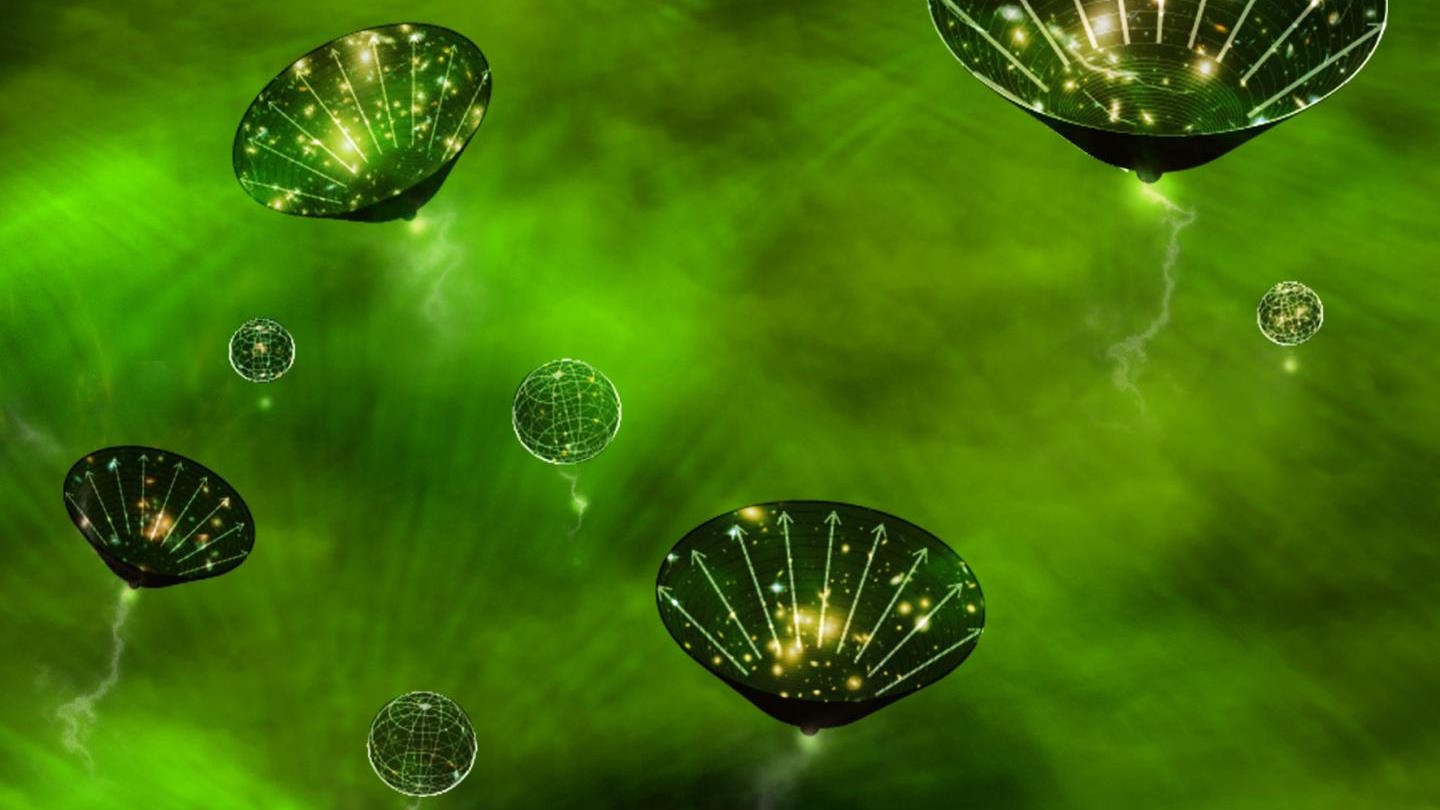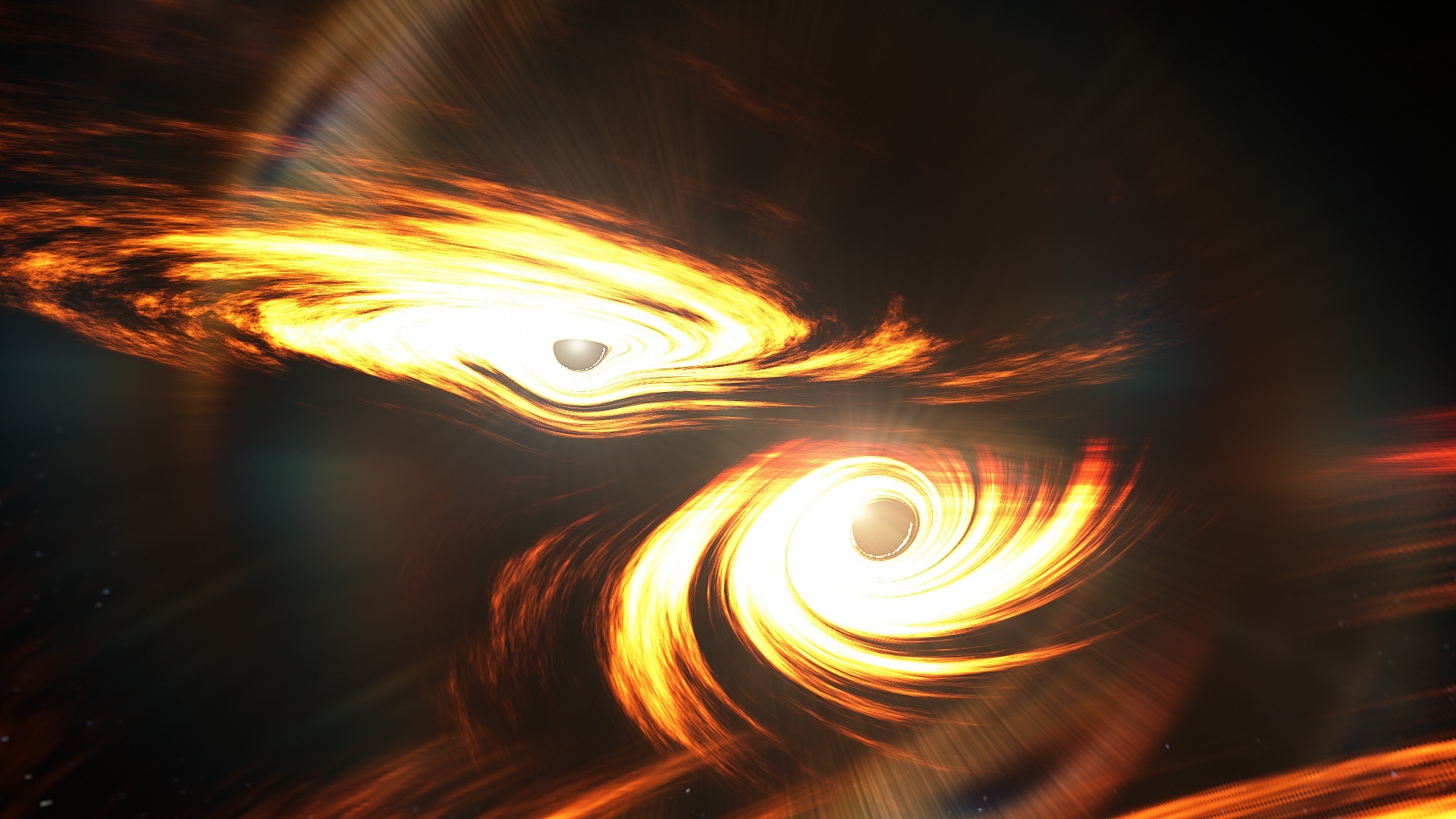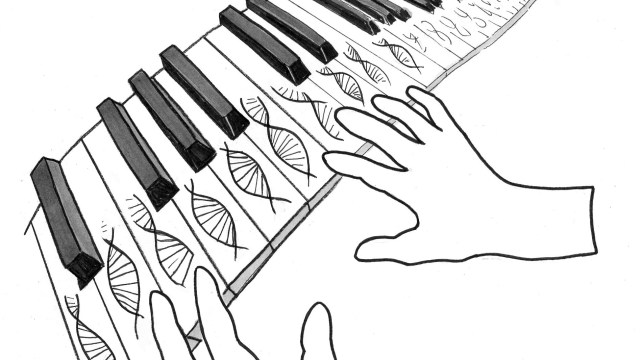Lawrence Krauss on “Seeing” the Early Universe

At a 2016 convention hosted by the Committee for Skeptical Inquiry, theoretical physicist Lawrence M. Krauss spoke about scientists’ attempts to look back to when the universe was just fractions of a second old. A few highlights from Krauss’ talk are listed below, and his full presentation can be seen at the bottom of this article.
Inflation and the Universe’s “Baby Picture”
The Cosmic Microwave Background radiation (CMB) is the oldest visible light in the universe. According to Inflationary Cosmology, the CMB is essentially the afterglow radiation that was produced when the nascent universe rapidly inflated when it was some 380,000 years old.

“[The universe] went from the size of an atom to the size of a basketball in a billionth of a billionth of a billionth of a billionth of a second,” Krauss said.
Before inflation, the universe was extremely small, hot and dense. It was governed by quantum mechanics, and everything was in flux.
“When Inflation happens, all those quantum fluctuations get frozen in,” Krauss said, noting that there were tiny variations, or “lumps,” in temperature across the CMB that became the spots where galaxies and other matter formed. “[Those fluctuations] later manifest themselves in density, in matter.”
The CMB effectively confirms the Big Bang Theory — the radiation pattern looks exactly like what scientists in the mid-20th century predicted when they first theorized that the universe was once a very small, dense place.
Scientists are now trying to look farther back in time, well beyond the CMB.
Gravitational Waves
“We can never see back earlier than [the CMB], and by ‘see’ I mean look with light,” Krauss said. “We have to use something that interacts much more weakly than light.”
Instead of light, scientists are using gravity to look back on the early universe.
Albert Einstein’s general theory of relativity first predicted the existence of gravitational waves, which, in simplified terms, are ripples in the fabric of spacetime caused by the acceleration of objects.

The theory of inflation predicts that the early universe would have produced certain kinds of gravitational waves. If scientists one day find evidence of these particular gravitational waves, we’d be able to ‘see’ the universe when it was just a fraction of a second old – “essentially at the Big Bang,” Krauss said.
In September 2015, scientists first detected gravitational waves disrupting spacetime. The waves came from the collision of two black holes some 1.3 billion light years away, but they were extremely hard to detect – the spacetime “wobbling” generated by the waves was so subtle that it was thousands of times smaller than the nucleus of an atom.
The video below describes how scientists at the Laser Interferometer Gravitational Wave Observatory (LIGO) first directly detected the waves in 2015.
Eternal Inflation and Multiple Universes
“If we can show that inflation happened, and we can measure the characteristics of inflation, then we know something very interesting,” Krauss said, referring to the idea of eternal inflation.
Eternal inflation suggests that, in extremely simplified terms, inflation caused the universe to expand at different rates in different places, and this gave rise to an infinite number of bubble universes. This process, according to some theorists, could go on forever.
What’s more, the laws of physics could be unique in each bubble universe. Some universes might not even have galaxies at all.
“You’ll never see these universes because they’re expanding away from us faster than light,” Krauss said. “It sounds like it’s metaphysics. But if we could measure the properties of inflation, we might be able to measure grand unification and understand particle physics, and understand those properties and prove that inflation was eternal. And if that’s the case, we will know that there must be other universes out there.”
Although we’ll never be able to see these other universes, scientists would theoretically be able to confirm their existence through indirect experiments.
“It will be like being in 1905 when Einstein first showed that atoms existed in his Ph.D. thesis,” Krauss said. “No one ever thought you’d see an atom. So we’ll turn this metaphysical explanation into physics. And that’s the beauty of science.”





